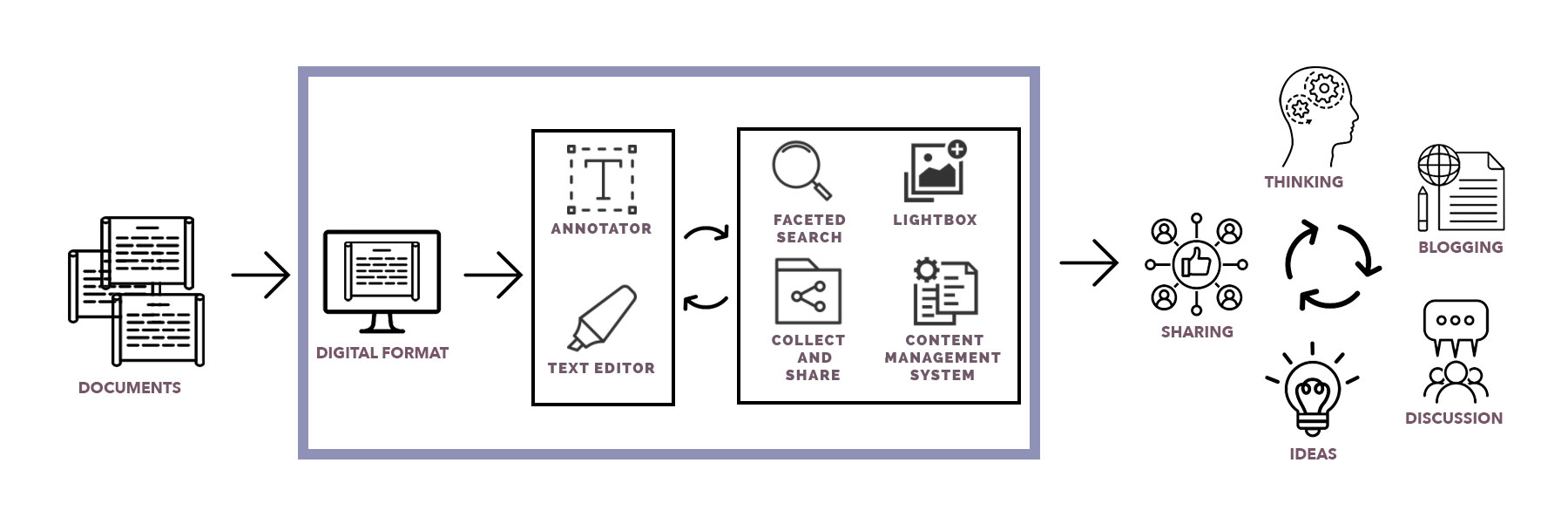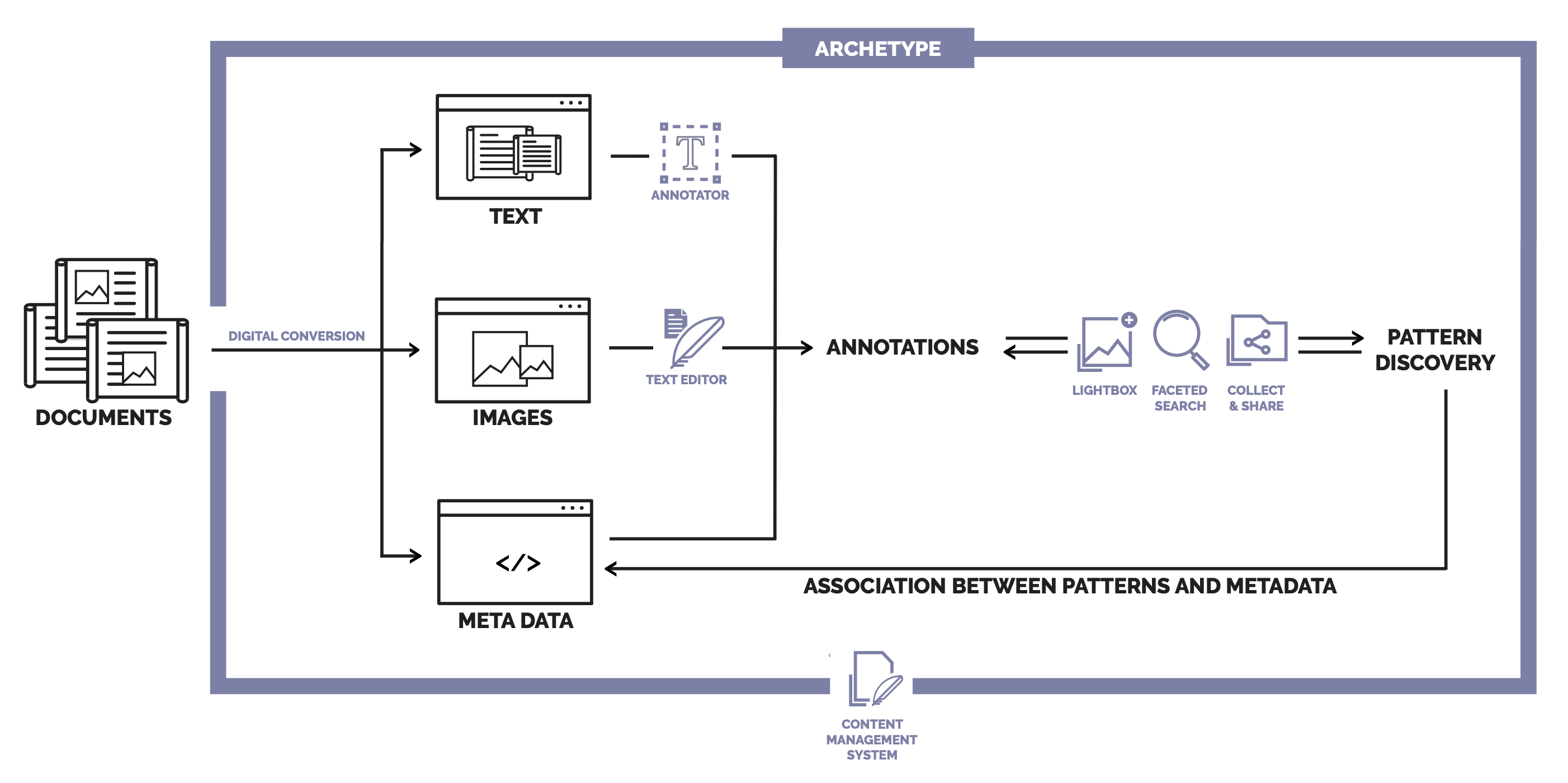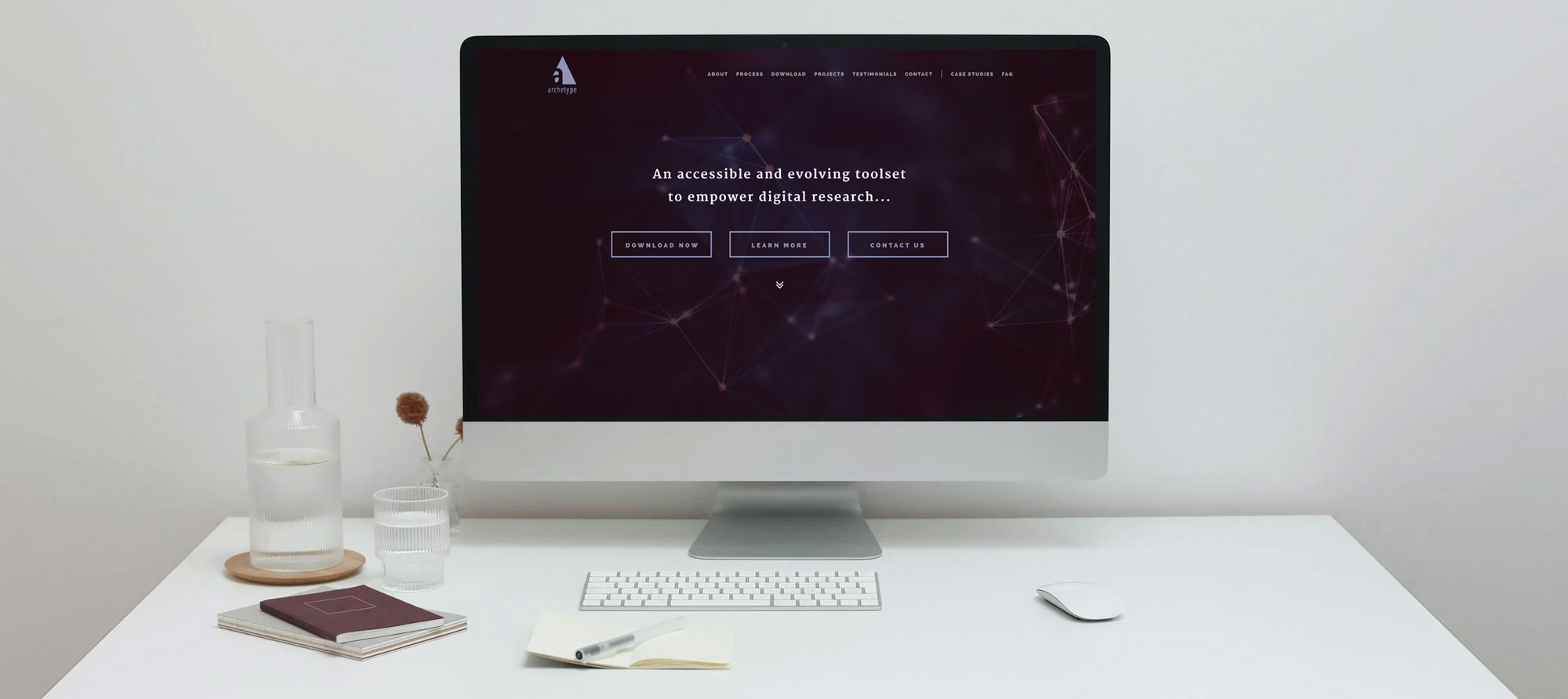Development and Evolution
Archetype, formerly known as "the DigiPal framework," stands as an open-source software framework designed to analyze and present palaeographical and related materials and texts. Initially conceived as part of the Digital Resource and Database for Palaeography, Manuscript Studies and Diplomatic (DigiPal) project, funded by the European Research Council, Archetype revolutionizes medieval handwriting scholarship through digital technology.
The crux of Archetype's evolution lies in its inception within the DigiPal project, which laid the foundation for subsequent enhancements. Initially devised to facilitate the online presentation of images with structured annotations and data, Archetype expanded its scope through subsequent projects like Models of Authority and the Conqueror's Commissioners, funded by the Arts and Humanities Research Council (AHRC, UK). Despite the formal conclusion of the DigiPal Project in 2014, Archetype continues to evolve, with ongoing updates and extensions through follow-on projects.
At King's Digital Lab, the implementation of the Archetype project faced the challenge of a constrained budget and tight deadlines. Our mission was clear: to create an informative website that effectively communicated the essence of the project despite these limitations. As part of a collaborative team effort, we meticulously planned and allocated our resources to maximize efficiency and productivity.
Strategic Design for Expedited Development
While one member of our team spearheaded the creation of the project logo and the selection of a cohesive color palette, the responsibility for designing and developing the website itself was my responsibility.
Faced with the dual constraints of time and budget, I made a strategic decision to expedite the development process by leveraging a pre-existing one-page template as our foundation. This pragmatic approach allowed us to bypass the laborious task of building a website from scratch, saving valuable time and resources. With the template serving as our canvas, we swiftly began to tailor it to suit the specific needs and objectives of the Archetype project. This included customizing the layout, integrating key content, and ensuring seamless navigation for users.

Enhancing Visual Representation with Custom Icons and Workflow Models
In addition to optimizing our development process through template utilization, I sought to enhance the visual representation of the Archetype framework within the website. Recognizing the importance of conveying complex concepts in a clear and engaging manner, I embarked on the creation of custom icons and workflow models. These visual elements served as intuitive guides, elucidating the intricacies of the Archetype framework and facilitating understanding for users. By carefully integrating these icons into our workflow model, we not only elevated the aesthetic appeal of the website but also enriched the user experience, ensuring that visitors could navigate the site with ease and efficiency.


Conclusion
In the face of budgetary constraints and pressing deadlines, the Archetype project exemplifies the power of strategic design and resourceful implementation. By leveraging pre-existing templates and crafting custom visual elements, we were able to create an informative and engaging website that effectively communicates the essence of the project. Moving forward, our commitment to pragmatism and purpose will continue to guide our design decisions, ensuring that the Archetype framework remains accessible and impactful for scholars and researchers worldwide.
